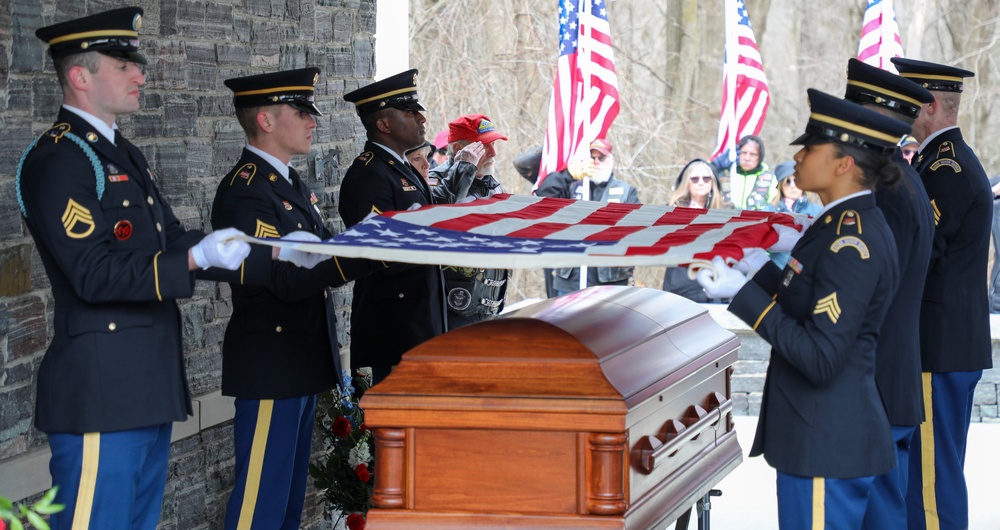DVIDS – News – 3/7 prepares to fight, sustain, defend urban terrain in the conflicts of tomorrow during SLTE 5-23
MARINE CORPS AIR-GROUND COMBAT CENTER, CALIF.- U.S. Marines with 3rd Battalion, 7th Marine Regiment (3/7), 1st Marine Division, conducted Adversary Force Exercise (AFX) as part of Service Level Training Exercise (SLTE)5-23, Aug. 6, 2023.
During AFX 5-23, Marines, Sailors and allied forces trained in urban combat at Marine Corps Air-Ground Combat Center’s (MCAGCC) range 220, the largest urban warfare facility the Marine Corps has to offer. This iteration of the exercise is designed to enhance a unit’s proficiency of urban defense tactics and logistics in a contested environment.
“AFX started out with urban lane training and went all the way up to the company level for defense in an urban environment,” said Gunnery Sgt. Neil Lipon, company gunnery sergeant for Kilo Company, 3/7. “We’re getting our unit ready for combat, getting ready to face any force.”
Force Design 2030 aims to make the Marine Corps a lighter, more agile fighting force, capable of conducting rapid amphibious insertions around the globe. The guidance is built to transition Marines from the mentality of previous wars to a modernized force in preparation to defend the United States of America and her partners and allies from potential peer adversaries.
“A large percentage of the world’s population lives in littoral regions,” Lipon continued. “A lot of those littoral regions we’d find ourselves in are urbanized, and that’s where we may fight in the near future.”
Lipon added that Marines will be expected to operate in company-sized units in future conflicts. They can be tasked to seize and defend island and coastal territory on their own, while overcoming the friction of operating in urban environments.
“It’s something that could be very near in the future, and it’s something we need to be ready to operate in,” Lipon added.
Marine Air-Ground Task Force Training Command provided Marines to act as opposition against the Marines of 3/7 so they could train against able-bodied, intelligent minded individuals who employed real-world tactics designed to mimic potential future adversaries. The Marines used blank ammunition to ensure the safety of their fellow service members, while the combat instructors, better known as Coyotes, with Tactical Training and Exercise Control Group (TTECG), Marine Air-Ground Task Force Training Command, observed and controlled the simulated battlefield as the Marines advanced.
“We have lanes that we will train on with opposing forces and then we will have force-on-force exercises that we’ll run, simulating fighting an actual thinking enemy,” said 1st Lt. Thomas Nelson, executive officer with Kilo Company, 3/7.
The Marines of 3/7 seized urban terrain using amphibious, mechanized tactics while they fought alongside Marines crewing P7 amphibious assault vehicles from 3rd Amphibious Assault Battalion (AAB), 1st Marine Division. Once 3/7 seized the terrain, they built defensive positions with sandbags. Concertina wire was installed by the Marines of 1st Combat Engineer Battalion (CEB), 1st Marine Division, who were also embedded with the 3/7 Marines. The opposing force provided by TTECG was present for both, defending their own positions from 3/7 and then counter-attacking.
“Urban warfare is one of the most challenging environments that we will find ourselves in,” said Lipon. “You have that 360-environment encompassing everywhere from subterrain levels, street levels, rooftop levels and even into the air space. You basically have threats all around you, and your own fields of fire are very limited, units can get spread out, and communication becomes difficult.”
Lipon explained that Marines gradually increase their unit level of training to slowly build their capabilities of working with each other. They work together focusing on moving properly in and around buildings in an urban environment to minimize casualties and maximize lethality.
“Just like anything we do, we start with the basics and work our way up,” continued Lipon.
The training allowed Marines to practice sustainment in a simulated combat environment, preparing for the defense of secured territory. The key to sustaining forces in an operational setting is logistics. Transported goods such as food, water, fuel and ammunition allow troops to continue the fight. Logistic support is needed to permit Marines to keep pressure on opposing forces. Force Design 2030 brings Marines closer than ever to the front line for major military operations. Therefore, the Marines must also prepare to move and protect logistics as it closes in on active combat zones.
“Anywhere, even if it wasn’t an urban environment, will prove a challenge when defending logistics in a contested space,” Lipon said. “They’re always going to be contested.
“We can only carry so much on our backs, so the logistical supplies are going to have to follow us soon after we get into combat.”
He stated that at the company level, it becomes more difficult for Marines to hold the supply lines as they rely on amphibious, air or mechanized support to deliver their supplies as the Marine’s continue their mission. Training for logistics requires significant effort from not only the line elements, but the command elements to properly plan logistical needs to avoid being compromised in a real-world scenario.
“Whenever we go up against a peer adversary, they’ll know to hit our supply lines, so planning logistics is equally as important as battle tactics when going into a combat environment,” Lipon added.
Marines from the Republic of Korea (ROK) Marine Corps joined 3/7 in AFX 5-23, allowing Marines to prepare to work side-by-side with their allies from the Korean peninsula. US and ROK forces trained to understand each other’s tactics and learn from each other to maximize effectiveness and promote deterrence against aggression from any potential adversaries.
“The training with the ROK Marine Corps strengthens the bond between us by allowing them to come over and see how we operate,” Nelson said. “We do the same, seeing how they do things, and then we both exchange tactics, techniques and procedures, understanding each other a little bit better.”
Nelson explained that when U.S. and ROK Marines are deployed together in real world scenarios, they will need to work closely together. Therefore, they train today to make their combined capabilities in future battles as effective as possible.
“For this training, we will integrate into each other’s platoons, so when combat comes, we can work seamlessly together.”
MCAGCC is the largest training base in the Marines Corps and can accommodate large scale operations that allow Marines to receive realistic combined arms training. From the Marine infantry taking cities, to commanders laying out battleplans and balancing logistical requirements, The Combat Center offers the perfect location for events such as AFX 5-23.
“Here at MCAGCC we have some of the best training environments I’ve seen, with ranges such as Range 220 being a full-fledged city the Marines can train in,” Lipon explained. “Getting the opportunity to operate in that environment is very beneficial for the Marines.”
MCAGCC allows Marines, sister branches and foreign allies, from the higher echelons of command to the front-line units in the field, to train together so they will be ready for the wars of the future.
“The support we get from units like TTECG to help us run these training events creates a lot more opportunities for the Marines to learn,” Lipon said.
AFX is one of many exercises that constantly tests Marines and those that will work with them. This training has allowed the participants to sharpen any skills necessary when it comes to operating in urban environments while using MCAGCC’s Range 220. The Marines improved their skills while defending their positions and ensuring their capability to remain in the fight for however long they need to, against any enemy, foreign or domestic, in every clime and place.
“If the enemy was sitting right here in front of me,” Lipon explained, “I’d tell them it’s not just our weapon systems we have, it’s not the fancy gear we have. The mindset, adaptability and ingenuity of that young Marine out there. That’s what’s going to win.”
| Date Taken: | 08.25.2023 |
| Date Posted: | 08.25.2023 22:54 |
| Story ID: | 452206 |
| Location: | TWENTYNINE PALMS, CA, US |
| Web Views: | 27 |
| Downloads: | 0 |
PUBLIC DOMAIN
This work, 3/7 prepares to fight, sustain, defend urban terrain in the conflicts of tomorrow during SLTE 5-23, by Cpl Jonathan Willcox, identified by DVIDS, must comply with the restrictions shown on https://www.dvidshub.net/about/copyright.


 Private Internet Access gives you unparalleled access to thousands
of next-gen servers in over 83 countries and each US state. Your
VPN experience will always be fast, smooth, and reliable.
Private Internet Access gives you unparalleled access to thousands
of next-gen servers in over 83 countries and each US state. Your
VPN experience will always be fast, smooth, and reliable.

![DVIDS – Images – 2024 NORAD Tracks Santa Operations Center [Image 2 of 7] DVIDS – Images – 2024 NORAD Tracks Santa Operations Center [Image 2 of 7]](https://101veterans.com/wp-content/uploads/2024/12/1735142334_1000w_q95.jpg)